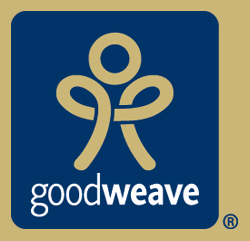Question #1 - Overall Structure of the Standard
GoodWeave's draft expanded standard now includes three Certification Principles, which our field research and pilot testing have confirmed are achievable now:
- A1: No Child Labor is Allowed
- A2: No Forced or Bonded Labor is Allowed
- A3: Business Processes Are Documented and Verifiable
In addition, there are four Progress Principles, for which we are developing new producer support programs to drive improvements over time:
- B1: Freedom of association and collective bargaining are recognized
- B2: No dscrimination is practiced
- B3: Decent working conditions are respected (Workplace safety and health; Wages; Working hours; No harsh or inhumane treatment)
- B4: Negative environmental impacts of production are identified and minimized

